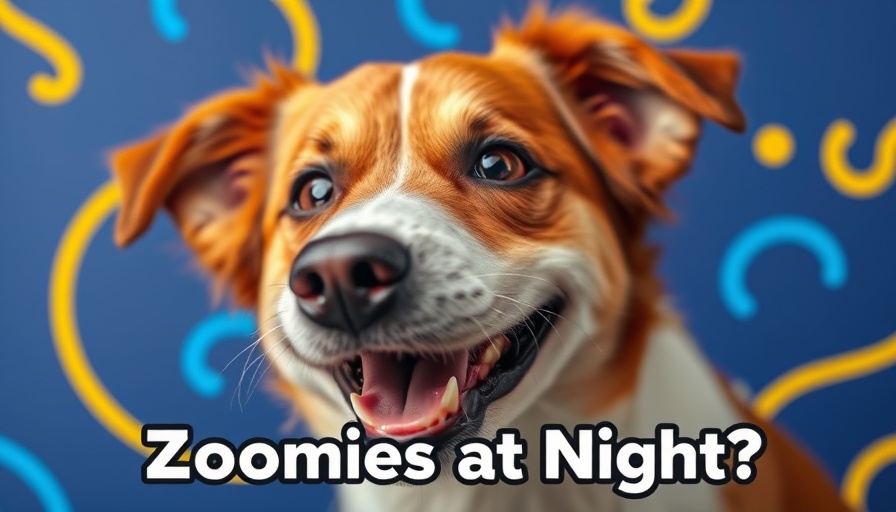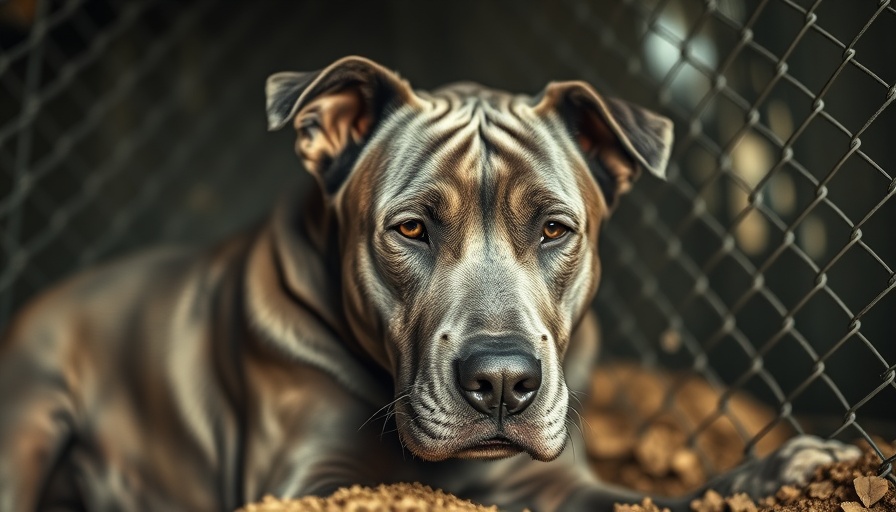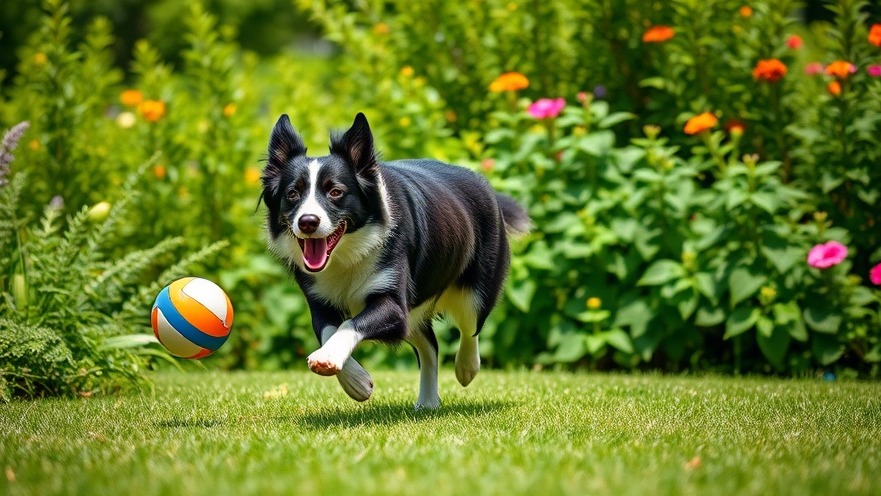
The Remarkable Role of Human Remains Detection Dogs
In an inspiring union of compassion and canine capability, human remains detection dogs serve a profound purpose. They're not just pets; they're skilled investigators trained to locate the scent of human remains, offering closure to grieving families and communities. This important work goes beyond immediate searches, reaching into the annals of history to identify lost lives and uncover forgotten stories.
Behind the Training: Meet Kim Cooper and Cat Warren
Kim Cooper, an experienced member of Ottawa Valley Search and Rescue, along with Cat Warren, a well-respected author and expert in canine scent detection, delves deep into how these dogs are trained. Their systems emphasize the handler's skill set, which involves a unique blend of emotional intelligence, physical prowess, and a deep understanding of their dog's instincts. As Kim explains, each dog, much like each individual, has its own personality traits that make them better suited for these sensitive roles.
Searching for Historic Remains
One of the most poignant aspects of this work is the application of these dogs in historic searches. Not only do they assist in locating recent remains, but their skills also extend to uncovering historic remains, connecting communities to their past. This methodology becomes crucial, especially when dealing with sensitive topics, such as searches at former residential schools in Canada. Here, the dogs aid in establishing connections to collective histories and healing among indigenous communities.
The Emotional Weight of Recovery Efforts
The work of detection dogs carries a significant emotional burden for handlers. Kim and Cat share their experiences working closely with families who have lost loved ones, emphasizing the extreme compassion required. It’s not merely about finding remains; it’s about providing emotional support and helping families navigate their grief. The handlers must have deep empathy and robust communication skills to work effectively with families and communities impacted by loss.
Understanding the Best Breeds and Training Techniques
When it comes to choosing a dog for remains detection, not all breeds fit the bill. Certain breeds, with their innate chasing instincts and strong olfactory senses, thrive in these roles. Breeds like German Shepherds and Bloodhounds are frequently mentioned. However, it's essential to consider each dog's personality, drive, and willingness to work alongside the handler. As Cat highlights in her discussions, training should be positive and reinforced with rewards, making it a collaborative effort between the dog and handler.
Community Collaboration and Oral History's Role
Another key aspect of these searches is the collaboration with community members, particularly when dealing with historical sites. Local narratives and oral histories guide those involved in the search, helping to frame the search's context and emotional significance. By engaging community members, handlers can build trust and ensure that the searches respect the memories of those who are lost.
Actionable Insights and Future Implications of This Work
This important canine work transcends the immediate task of locating human remains. As communities grapple with their histories and lost narratives, human remains detection dogs and their handlers play pivotal roles in reconnecting with the past. Those who seek to engage in this field can take steps by volunteering with local search and rescue teams, attending training sessions, and becoming advocates for the recognition of these dogs' contributions. The strategic implications for community healing and historical acknowledgment are profound.
As we look to the future, both Kim and Cat speculate on the evolution of this field, emphasizing the potential for technological advancements to enhance their methods of training and operational effectiveness. Adopting innovative techniques could undoubtedly augment the work currently being done.
For dog owners and enthusiasts, the fascinating world of human remains detection dogs beckons. It's a journey of learning, compassion, and understanding the powerful capabilities of our canine companions. By supporting these efforts, you too can help honor the stories of those who've come before us, while also fostering a deeper connection with your furry friends. With time, the parallels between the families, communities, and their beloved pets will only grow stronger.
 Add Row
Add Row  Add
Add 




 Add Row
Add Row  Add
Add
Write A Comment